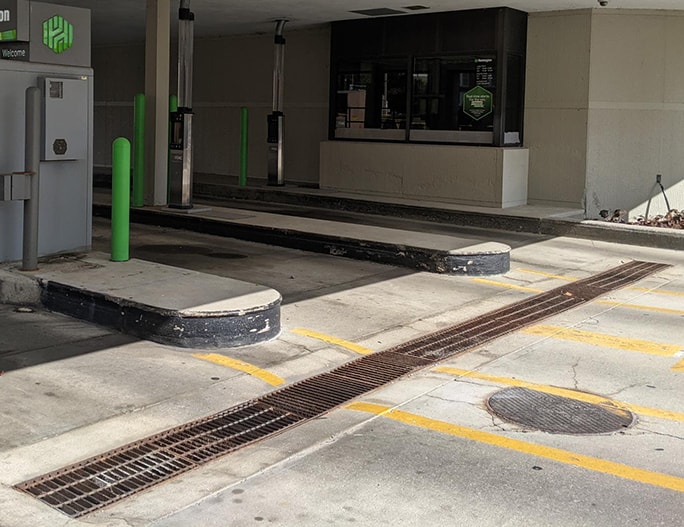In the realm of construction, the choice of materials can significantly impact the efficiency and longevity of a project. When it comes to drainage systems, contractors often face the dilemma of selecting the right components to ensure optimal performance. While angle iron might seem like a convenient option for do-it-yourself drainage solutions, its inherent limitations can pose significant challenges, particularly when it comes to finding compatible grates.
Angle iron, characterized by its L-shaped profile, offers durability and versatility, making it a popular choice for various construction applications, including drainage systems. However, one crucial aspect that contractors must consider is that angle iron is manufactured based on outside dimensions. This means that the thickness of the iron affects the spacing available for fitting grates. For example, if an angle iron has a measurement of 1-½” OD or outside dimension and is ¼” thick, it will only accept a grate that is 1-1/4” high which is nearly impossible to source.
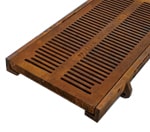
The thickness of the angle iron can create difficulties in finding grates that perfectly align with the dimensions of the structure. This mismatch can lead to inefficiencies in drainage, increased risk of clogging, and potential safety hazards. If the grate is set too high or below surface level, it can become a tripping hazard that could lead to costly lawsuits.
To address these challenges effectively, contractors are encouraged to explore purpose-built solutions specifically designed for drainage systems. Unlike angle iron, railing systems tailored for drainage applications are engineered with precise dimensions to accommodate standard grates seamlessly. By opting for these specialized components, contractors can ensure optimal compatibility and performance while minimizing installation complexities.
Additionally, purpose-built railing systems offer other advantages, such as enhanced durability, corrosion resistance, and ease of maintenance. These features contribute to the longevity and reliability of the drainage infrastructure, reducing the need for frequent repairs or replacements. Another beneficial feature to many rail systems are built-on extensions such as nelson or anchor studs as well as protrusions designed to accept rebar to tightly sit the frame rails in concrete.
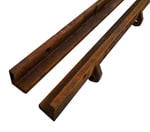
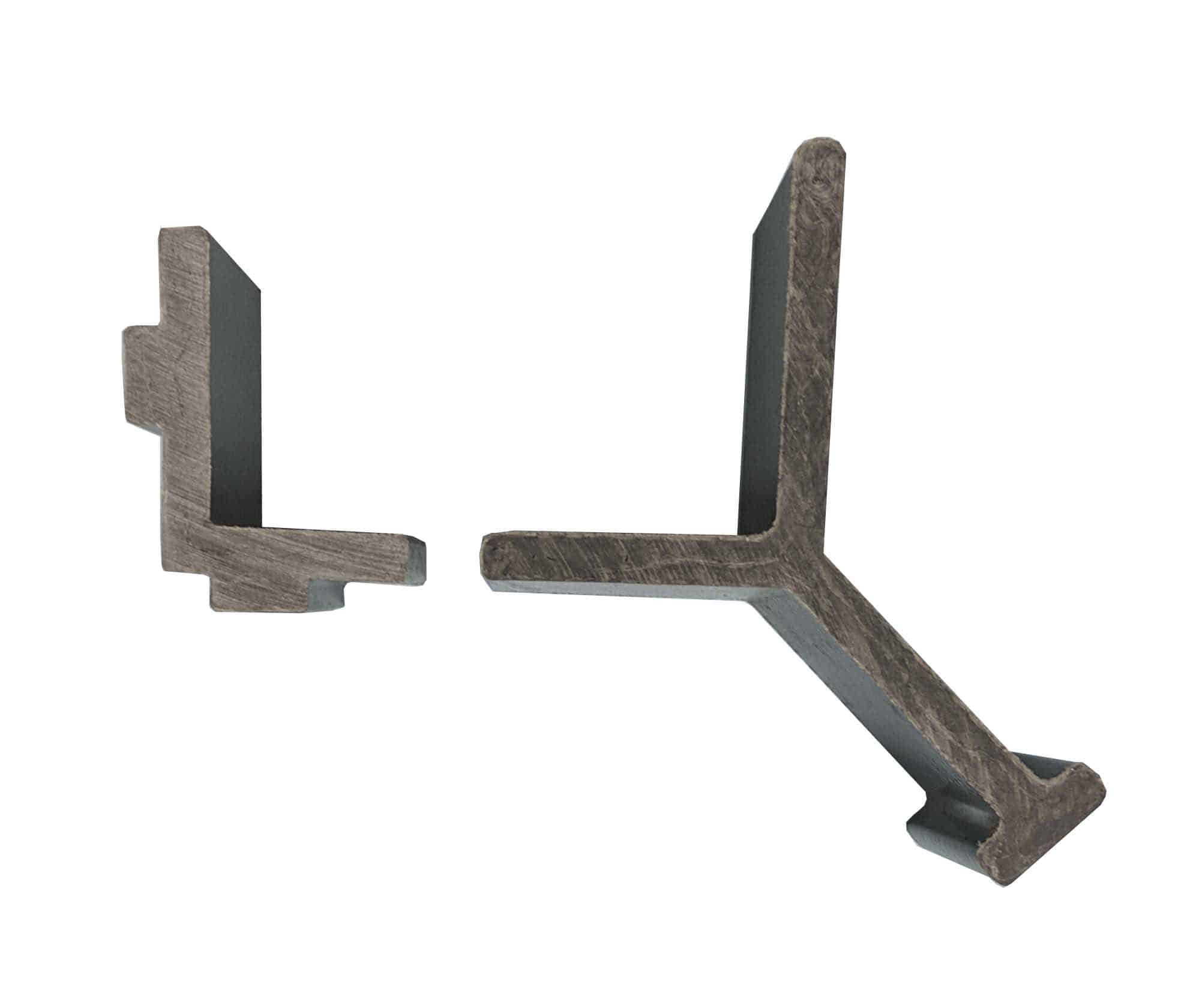
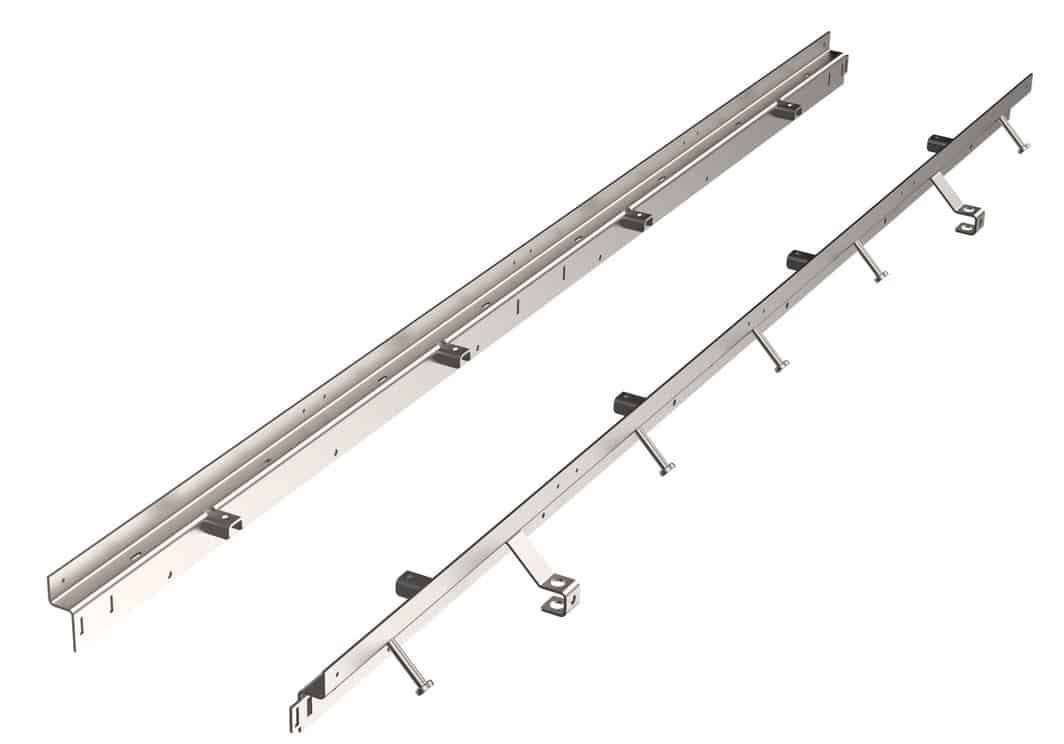
In conclusion, while individually sourced angle iron may appear to be a cost-effective solution for building drainage systems, its limitations in accommodating standard grates can outweigh its benefits. Contractors are advised to prioritize purpose-built railing systems specifically designed for drainage applications to ensure seamless integration, optimal performance, and long-term reliability. By making informed choices regarding materials and components, contractors can deliver superior drainage solutions that meet the highest standards of quality and functionality.
Interested in purchasing frames or frame and grate kits? Visit our online store or for expert advice call us at 610-882-3630. Need layouts or specification sheets? Our in-house engineering department can provide those as well!

